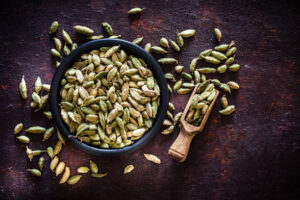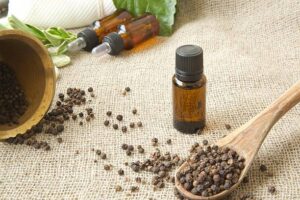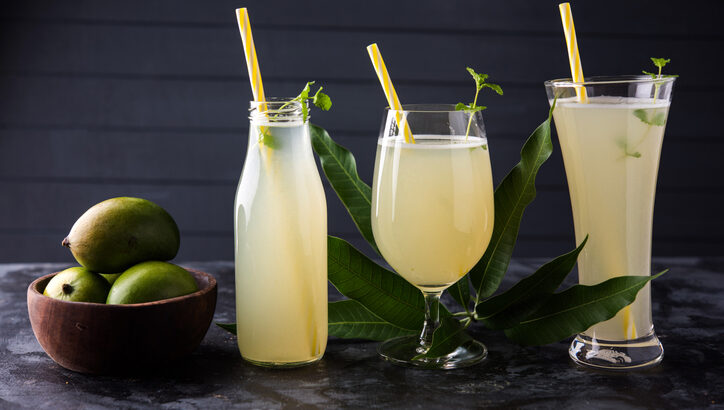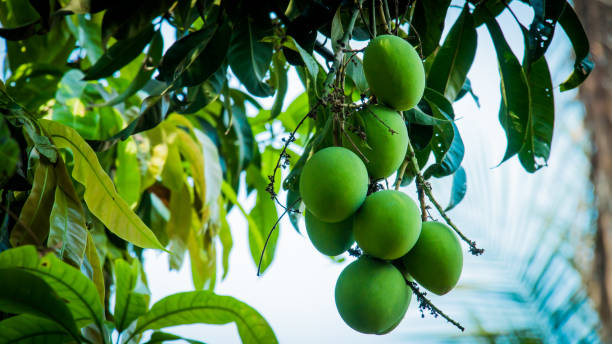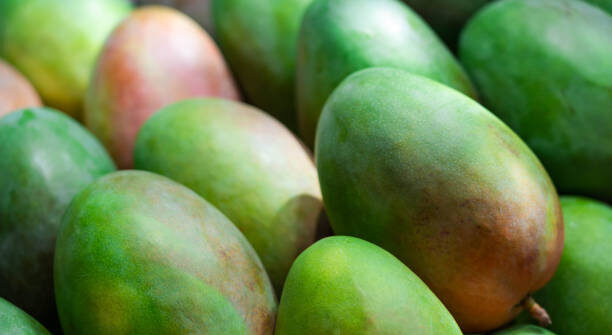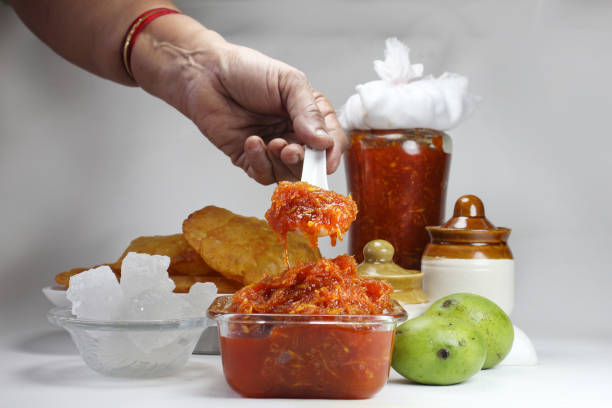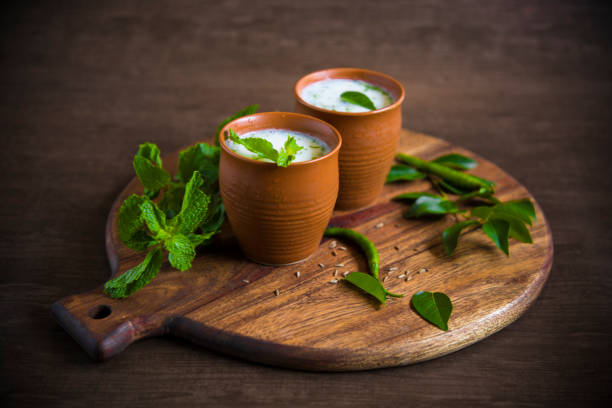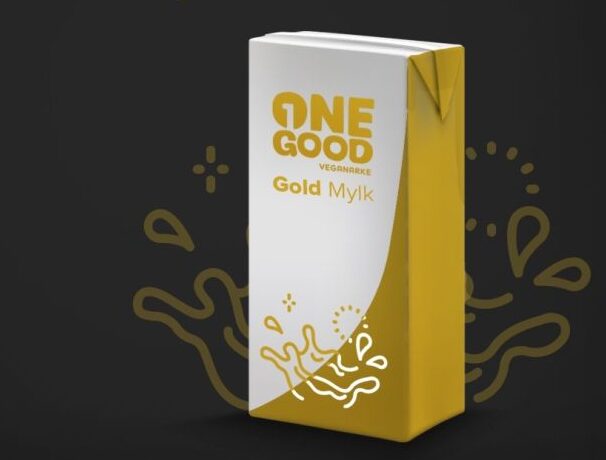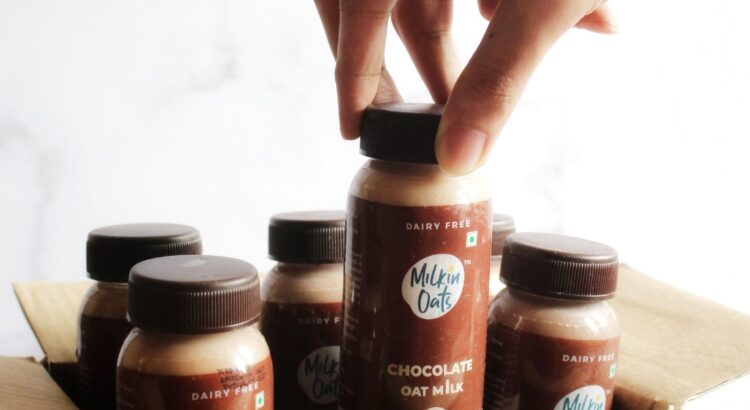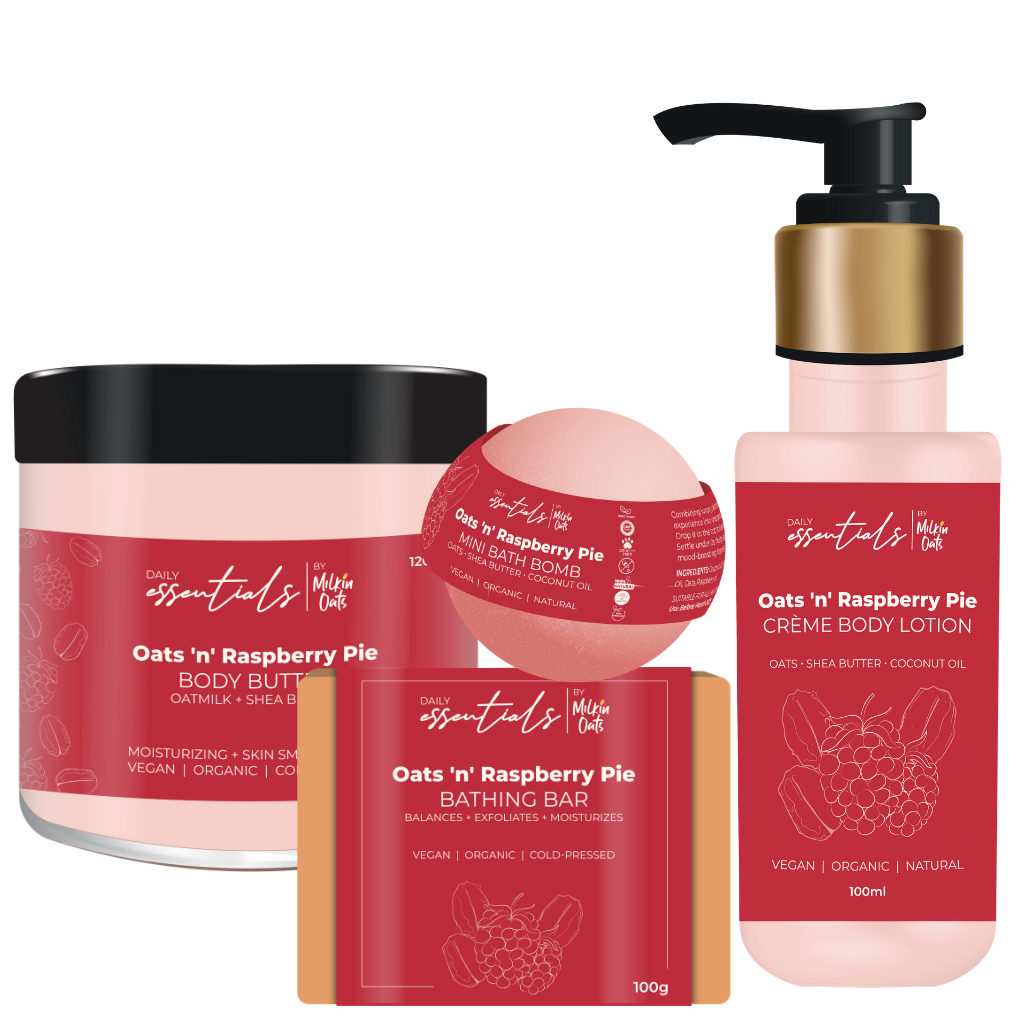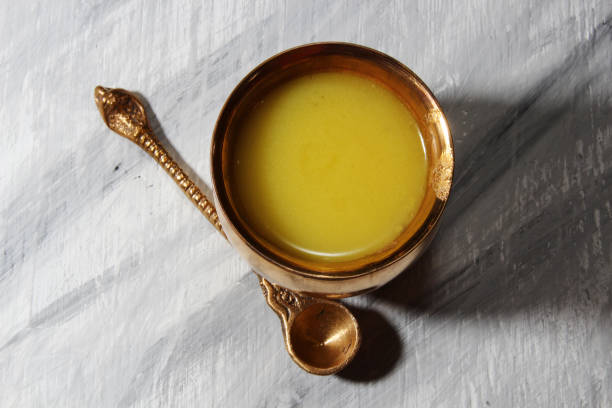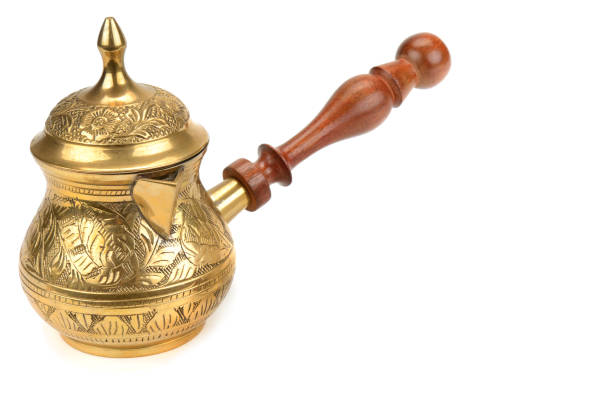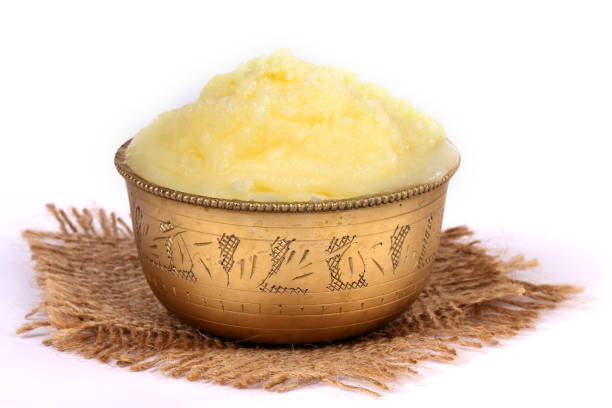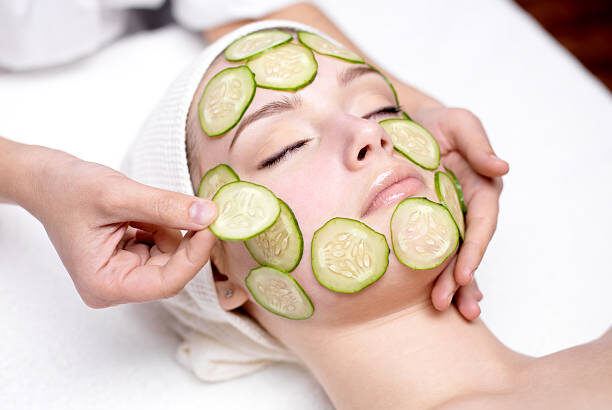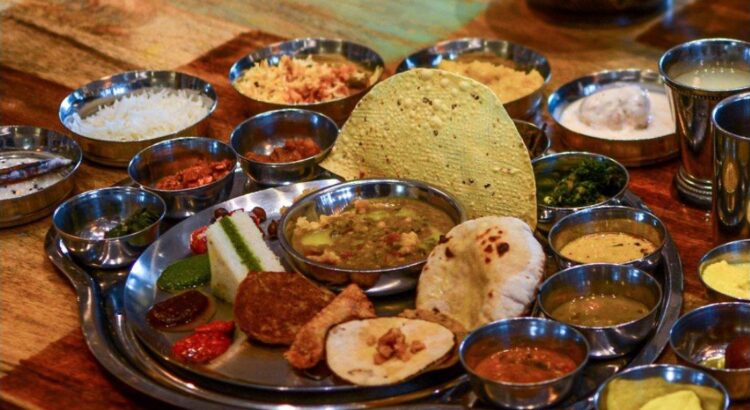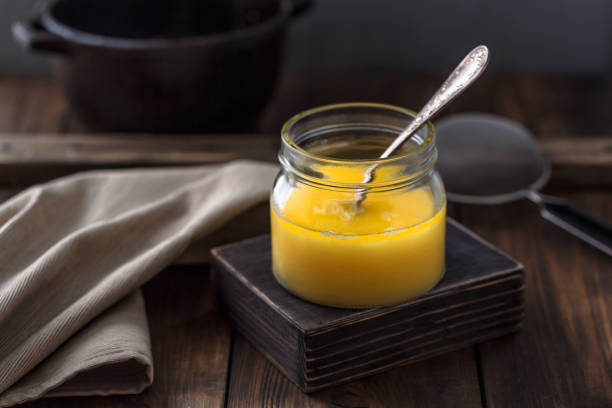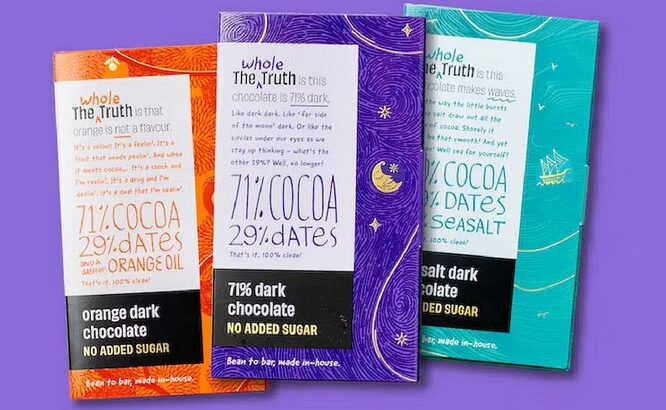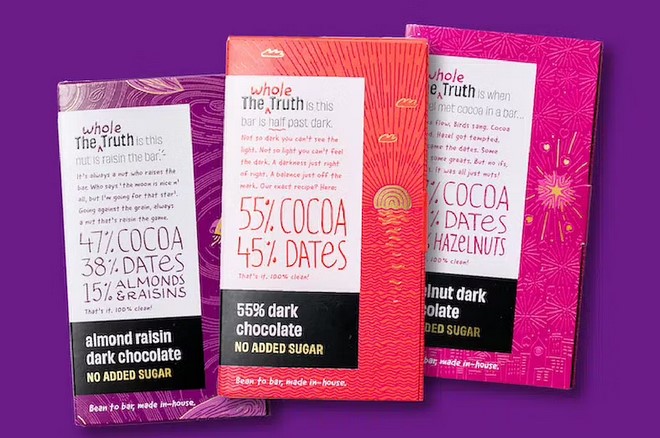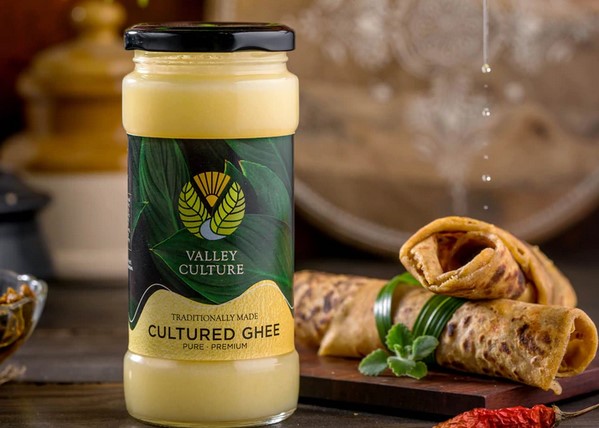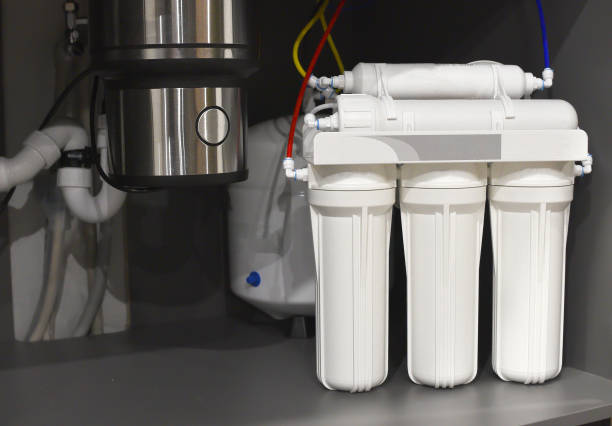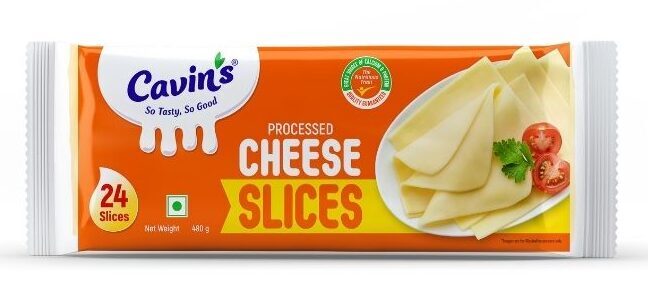If you are in Hyderabad and a vegetarian, here's a lowdown on a few vegetarian eating out joints - some new and many classic - that you can choose from on your next lunch or dinner date
With more people choosing to dine out than cook at home, for various reasons, the restaurant industry is thriving in Hyderabad. F&B is in a better place now than pre-Covid share some insiders.
Even though every restaurant serves vegetarian food, it’s hard to find the veg-only eateries where vegetarians and vegans can treat themselves to some appetising dishes. Well, we’ve simplified your job by listing out the popular vegetarian-only eateries in the city. Take a quick look!
Ohri’s Jiva Imperia

Location: White House Building, Begumpet
Timings: 12-3.30 PM & 7-11 PM
Price: Rs 1,000 for two
Contact: 098667 78014
Website: http://www.ohris.com
Hyderabad’s favourite restaurant chain, Ohri’s has 22 theme-based restaurants set up across this happening city. At Ohri’s Jiva Imperia, one can relish North Indian, South Indian, Rajasthani, Gujarati, Chinese, Continental and Italian delicacies besides desserts. This exclusive vegetarian dining place is famous for its Banana Dosa, Paneer Manchurian, Noodles, Sev Puri, Palak Chat (made with spinach), Chocolate Fountain and mocktails.
The restaurant oozes richness in its all-white interiors, furnishings, lighting, seating and ambience – that only adds to your dining experience. It also has one of the most extravagant buffet sections offering some of the most flavoursome food. Don’t bother about diet; ocassionally, it’s good to indulge!
Bikanervala

Locations: Road no.1, Banjara Hills & Opp. Nizam College NCC Ground, Basheerbagh
Timings: 8 AM-11 Pm
Price: Rs 1,000 for two
Contact: 040 6666 1111
Website: https://www.bikanervala.com
This sweet shop-cum-restaurant serves the best of North Indian dishes, street food and fast food. Bikanervala is a popular hangout place for families, youngsters and on-the-move business class, for it provides a perfect laid-back experience to enjoy one’s meals.
It has a wide range of paranthas, tandoor and paneer varieties. Its bestsellers include Bawali Vegetables, Awadhi Paneer, Tandoori Khumb, Palak Paneer Mastani, Dal Panchmel, Diwani Handi, Dal Makhani, Kandhani Paneer Tikka, Bhindi Mastani, Hariyali Koft, Semiya Pulao and Pineapple Raita. Its weekday buffets are a must to try.
Jalpaan

Location: Oasis Centre, Somajiguda
Timings:12-4 PM & 7PM-12 AM
Price: Rs 1,200 for two
Contact: 040-40179999, 040-40189999, 0-83741-11103
Website: https://jalpaanrestaurant.in
Jalpaan is a fine blend of royal vegetarian cuisines, traditional cooking methods and classy ambience. The Monday candlelight dinners here offer a vintage experience to the visitors. The eatery mainly serves Indian, Chinese, Italian, Continental, desserts and mocktails. If you’re someone who loves to experiment with food, then you should try Potli Biryani, Tamatar Dhaniya Shorba, Flower Pot, Pani Puri, Deconstructed Vada Pav, Hazari Paneer Tikka, Pav Bhaji Fondue, Tresleches and Pan Mousse.
Tatva

Locations: SP Road, Begumpet & Road no. 36, Jubilee Hills
Timings: 12-3.30 PM & 7-11.30 PM
Price: Rs 1,500 for two
Contact: 0-91000-10912 & 0-79950-28026
Website: https://thetatva.com
Tatva is an ideal space to explore and enjoy scrumptious food, intimate moments and family time, amid regal ambience. It has a wide range of North Indian, Chinese and Continental cuisines to satisfy your palattes. The bestsellers here include: Smoked Pesto Paneer Tikka, Dahi Ke Kebab, Mal'a Teriyaki, Jamur Oelek, Rasmalai Pancotta, New York Cheese Cake, Mexican Sizzler, Mulligatawny, Awadhi Tawa Sabzi, Creme Florentine and Moments D Fusion.
Clove – The Platinum Hotel

Location: Domalguda, Himayatnagar
Timings: 12-3.30 PM & 7-11 PM
Price: Rs 800 for two
Contact: 040-44116666
Website: https://theplatinumhotel.in/dining
At Clove, every dish is curated with the authentic ingredients to ensure a flavoursome dining experience.The place sees many students from nearby colleges and employees working in the offices in close proximity dropping by and indulging in stomach-ful of treats and heartful conversations.
This multi-cuisine vegetarian restaurant serves an extensive range of starters, soups, curries, rice, sizzlers and desserts. Don’t forget to ask for and try out chef specials like Bird’s Nest Kebab, Barbeque Paneer, Paneer Makhmali Roll, Cheesy Chilli Potato Balls, Bagiche ki Sabzi, Sambar Rice, Corn Dumpling Sizzler, Mediterranean Pesto and Platinum Treasure.
A’la Liberty

Locations: Road no. 12, Banajara Hills & Cyber Grub, HITEC City
Timings: 11.30 AM-8PM
Price: Rs 1,000 for two
Contact: 0-79895- 69147, 0-88976- 57867 & 040 2333 7861
Website: http://alaliberty.libertyexclusive.com
A’la Liberty caters to vegetarian gourmets who love to indulge in North Indian, Oriental, American and Italian dishes. There’s private dining facility here where you can enjoy those special moments with your near and dear. Few items here like Water-Chestnut Corn Parcel, Manchow Soup, Makhmali Paneer Tikka, Jalapeno Poppers, Godfather Pizza, Karampodi Paneer Bhurji and Cheese Ball Malai Kofta are also made in Jain-style.
Chutneys

Locations: Road no. 3, Banjara Hills; SP Road, Rasoolpura; Road no. 36, Jubilee Hills; Mind Space, HITEC City; Beside Viswanath Theatre, Kukatpally and LB Nagar Service Road, Bahadurguda
Timings: 7 AM-11 PM
Price: Rs 600 for two
Chutneys is a chain of restaurants popular for authentic South Indian tiffins and delectable North Indian and Chinese cuisines. This Hyderabad’s oldest eatery is always bustling with activity with food lovers waiting in long queue lines, especially during weekends, to binge on those tasty vegetarian delicacies.
In fact, the restaurant is synonymous with the varied chutneys and podis served along with tiffins that satiate the taste buds. If you love heavy breakfasts, then make sure to order Veg Dosa, Corn Dosa, MLA Pesarattu, Sweet Chutney, Sponge Dosa, Guntur Idli and filtered coffee. You can also order thalis (served only for lunch) or just go for à la carte menu.
Dakshina Mandapa

Locations: Taj Mahal Hotel-Abids; Taj Tristar-SD Road & Taj Mahal Hotel-Jubilee Hills
Timings: 12-3.30 PM & 7-10.30 PM
Price: Rs 800-1,000 for two
Contact: 040-66120601; 040-2 7818989 & 040-23558955
Website: https://www.tmhgroup.in
Dakshina Mandapa is a combination of grandeur, serene atmosphere, finest ingredients, richest cooking experience and wholesome flavours. The restaurant is housed in the Taj Group’s hotels, which made a mark for themselves in the hospitality industry. The eatery serves delightful Indian and Chinese cuisines within a reasonable budget. This is definitely a place to visit if you want to please your cravings for authentic dishes like sambar, rasam, flavoured rice, biryanis, paani puri, Dahi Vada and desserts.
Santosh Dhaba Exclusive

Location: Hanuman Tekadi, Abids; Road no.12, Banjara Hills & Opp. KPHB Pillar no.3, Kukatpally
Timings: 11.45 AM-1.30 AM
Price: Rs 600 for two
Contact: 098853 17887 & 097012 34777
Website: https://santosh-dhaba-exclusive.business.site
You may come across many franchises of Santosh Dhaba Exclusive, across the city – few come with tags like Shree, New and Balaji – but the one in Abids is the original. It has branches in Banjara Hills and Kukatpally, too. This low-key cosy eatery is quite famous for its pure vegetarian dishes. Nestled in the bylanes of Abids, the restaurant witnesses several customers who wear a happy smile on their faces, after feasting on their beloved dish.
Apart from Indian and Chinese, Santosh Dhaba Exclusive recently added Italian cuisine to its menu – which covers a wide array of salads, starters, sizzlers, pizzas, pastas, sandwiches, burgers, munchies, meals, fondue, soups, first course, second course, manchurias, snacks, kebabs, Special Santosh Dhaba curries, roti bucket, rice bowl, biryani bowl, dal, kofta, North Indian treat and desserts. If you’re confused as to what to choose, just ask for ‘Today’s Special’ items and indulge in eating spree. But, try out the rotis and paneer delicacies for sure!
Minerva Grand

Locations: Amrutha Mall, Somajiguda; Opp. Aditya Trade Centre, Ameerpet; Road no.36, Jubilee Hills Checkpost; Bhuvana Towers, SD Road; Opp. Brand Factory, Himayat Nagar; Doctors’ Colony, Kothapet; Near Cine Planet, Kompally
Timings: 7 AM-11 PM
Price: Rs 700 for two
Website: http://minervacoffeeshop.in
Minerva Coffee Shop is synonymous for vegetarian cuisine. It has every dish that you can recollect and love to binge on – North Indian, South Indian and Chinese. This is right place to be if you like to steal a few moments from your busy schedule and savour a quick meal, a cup of coffee or dine in with family. In fact, this is the most sought-after place for its finger-licking-good executive thalis.
The eatery offers extensive range of breakfasts, starters (Indian and Chinese), main course, noodles, rice, evening snacks, sandwiches, hot/cold beverages, desserts, milkshakes and drinks. Try those special dosas (like Produttur Karam Dosa with Chitlam Podi), Paper Dosa, Grilled Cheese Sandwich, Executive Thali, Makai Khumb Khorma, Sabzi Chef ki Pasand, Vegetable Bullets, Tandoori Katti Rolls, Minerva Special Fried Rice and Cold Coffee.
Smoky Pitara

Location: Sreshta Aura, Road no. 36, Jubilee Hills
Timings: 12-4 PM & 7 PM-12 AM
Price: Rs 1,300 for two
Contact: 0-91000-36855
Email: smokypitara@gmail.com
If you’re looking for relaxed dining with closed ones, then Smoky Pitara is the go-to place. The restaurant provides a simple yet cheerful atmosphere to the foodies while they take delight in every bite of the food served.
Smoky Pitara offers an expansive vegetarian/vegan menu with North Indian, Chinese and Asian delicacies along with buffet options. From starters and curries to bread, rice, noodles, sauces, pizzas and sizzlers, there’s a whole lot to choose from at this restaurant. Don’t miss to order Kasundi Paneer Tikka, Tomato Shorba, Exotic Mangolian Fried Rice, Hawaiian Pizza, Raw Banana Cajun Style Sizzler, spring rolls, Manchow Soup, Mojito and soft kulchas.
Medley

Location: Road no. 92, Jubilee Hills
Timings: 11 AM-11 PM
Price: Rs 1,700 for two
Contact: 040-48597722/33
Website: https://www.teavilla.in
True to its name, Medley offers a mosaic of veg cuisines from around the world – Continental, North Indian, desserts and beverages. Starting with salads, soups, kebabs & grills, the menu boasts of small plates & main plates, burgers, sandwiches, pizza, pasta, Lebanese, sizzlers, staples, breads, cold/hot coffees, teas and mocktails. However, the bestsellers are: Achari Paneer Tikka, Baked Lasagne, Cheese Fondue, Exotic Italian Pizza, Crispy Lotus Roots and Nutella Waffle.
This isn’t it! The restaurant has lavish interiors including hanging lights, chandeliers, creepers, cushions, comfy sofa sets, swings and colourful chairs that promise you a unique dining experience. Food apart, you'll fall in love with the furnishings too!
Gudgudee

Location: Above Mi Store, Madhapur
Timings: 12-4 PM & 7-11 PM
Price: Rs 1,400 for two
Contact: 0-95772-77788
Email: gudgudee.restro@gmail.com
Gudgudee is yet another veg/vegan restaurant that leaves no stone unturned to tickle your taste buds – served in spacious and soothing ambience. It offers different seating experience to its customers - cosy chairs / sofas and floor seating. Yes, you read it right. If you’re someone who adores those childhood memories of sitting on the floor to have family dinners, then this is the place to visit.
Gudgudee has mouth-watering North Indian, Continental and Chinese delicacies besides desserts and mocktails. Its appetizers – available in Continental, Chinese and Tandoor varieties – are not to be missed. Also, try Lemon Coriander Soup, Beetroot Kebab, Burmese Parcel, Paner Kurchan, Asian Veg Manchurian, Dal Maharani, Paneer Tikka Biryani, Baingan Ka Bharta and Cheese Cake.
Little Italy

Locations: Aryon, Road no. 92, Jubilee Hills & BK Towers, HITEC City
Timings: 11.30 AM-3.30 PM & 6.30-11 PM
Price: Rs 1,400 for two
Contact: 040-23558001 & 040-39999500
Website: https://www.littleitaly.in
Who said that vegetarian food is limited to certain regions and cuisines? Nothing can beat it if there’s Italian on the menu. With 25 outlets in India, Little Italy is a renowned vegetarian Italian fine-dining restaurant, renowned for its distinctive and authentic dishes. The eatery brings you tasty menu that includes Antipasti (starters), Zuppe (soups), Insalate (salads), Primi Piatti (first course), Second Piatti (second course), Mexican specialties (salads, munchies & quesadillas), Dolci (desserts), fresh fruit mocktails, gelatos, tea/coffees and coolers.
If you are looking for the best, then order Raviolli Nero Al Funghi Selvatici Pasta, Cappuccino Al Funghi Selvatici, Lasagne Alle Verdure, Pasta Del Barone, Rissotto Fungi and Zafferano, Blackberry Elderflower Spritzer, Fantasy Jalapeno Salsa and Sangria.
(What is your favourite restaurant among these? Did we miss to mention your hangout place in the list? Then, do write us on namaste@ayuve.in and share your feeedback.)





